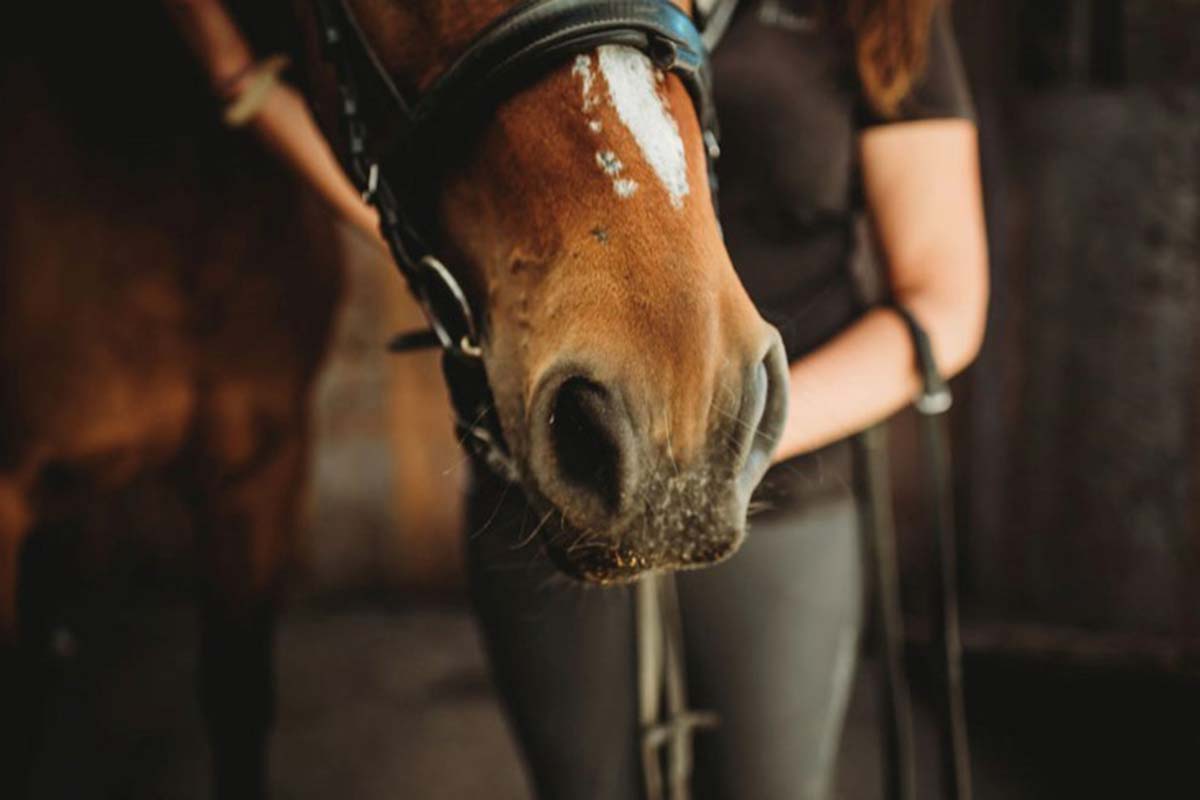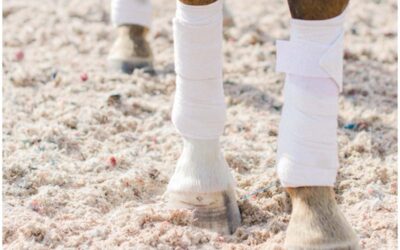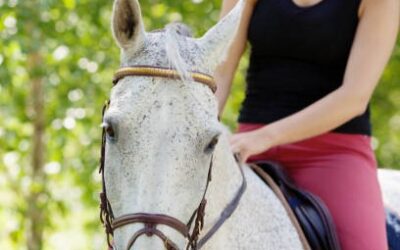I remember as a teenager owning what is known as a dowsing crystal, a small pointed crystal on the end of a silver chain. I would hold the top of the chain and let the crystal hang down keeping my hand very still and steady, I would then stare at it intensely while chanting “say no” slowly the crystal would begin to spin round in a clockwise direction. I would then change my chant to “say yes” and in an eerie mysterious style the crystal would begin to spin in the opposite direction. This provided my friends and I with much entertainment as we would then proceed to ask the crystal questions about our future and watch intently as it provided answers. Many years on I now know sadly I was not in possession of amazing telekinetic powers but experiencing what is known as the ideomotor effect. The ideomotor effect is a psychological phenomenon where a person makes unconscious or involuntary movements as a result of a thought or idea. It’s this response that has been attributed to the Ouija board phenomenon. The picturing of the desired outcome causing small movements that often lie outside of the persons conscious awareness but are enough to cause a pendant to swing or a glass to move across a Ouija board. Several years later I would again unknowingly experience the impact of the ideomotor effect this time whist riding my extremely sensitive and highly strung horse William. On many an occasion whilst schooling William I would say to myself “right time for some canter work”, as if William was in possession of some kind of magical sixth sense he would immediately begin to fizz up, it really did feel as if he was reading my mind! The reality of course was that he was picking up on the subtle tiny movements I was making as a result of picturing cantering in my mind. This mind body connection can greatly impact our performance as riders in a number of ways, in this blog I will be highlighting three ways we can incorporate the ideomotor effect into our everyday training.
1, Using imagined visual images to improve technique
The use of pictures or visuals in helping riders improve technique can be extremely effective. The work of Mary Wanless and Sally Swift contain great examples of this. Whilst in-depth explanation of the function or positioning of the ideal riding position can be useful in gaining an understanding of correct technique, when it comes to the execution of motor movement it can lead to over tightening of muscles and a loss of fluidity. Creating visual similes ( For example, imagining your hands are attached to your elbows and having no forearm to encourage the rider to maintain an elastic contact and a flexible elbow) can help a rider build a correct internal representation of technique without causing forced over tense movement.
2, Using imagery to improve technique
Psychoneuromuscular theory also known as ideomotor training states that when an athlete vividly imagines performing movements the brain interprets this as if they were actually performing them. This causes similar impulses in the brain and the muscles to be activated during imagery as in real performance. Therefore, the neural pathways become strengthen facilitating the learning and performance of fine motor skills. As the majority of riders do not have the opportunity to spend as much time in the saddle as they would like, ideomotor training using imagery can prove to be a valuable tool in the quest for improved rider performance.
3, Paying attention to what we think about
Before we perform a complex movement, we briefly picture in our minds what it will look like, elite performs use this process to their advantage. For example, a golfer visualising the perfect swing before actually doing it. Unfortunately, riders often picture the wrong thing, a good example of this would be in preparing for a canter transition. The rider might say to herself “I mustn’t tip forward!” whilst feeding her subconscious a picture of herself tipping forward. Remember the subconscious mind can’t process a negative, so if it is fed a picture of tipping forward in a canter transition that is what it will aim to replicate. Its this same principle that means if a rider spends the day at a competition watching elite riders their own riding performance improves as a result. Their improved internal representations lead to an improvement in actual performance. It is also vital that when riders reflect on their performance, they aim to internalise the desired performance by reverse visualising the positives and don’t spend too long rerunning their mistakes!
So, to sum up find visual similes that had guide you to desired technique, use imagery to practice correct technique. Finally, pay attention to the pictures you feed your subconscious and aim to develop positive internal representations by reverse visualisation of good performances and modelling elite riders





0 Comments